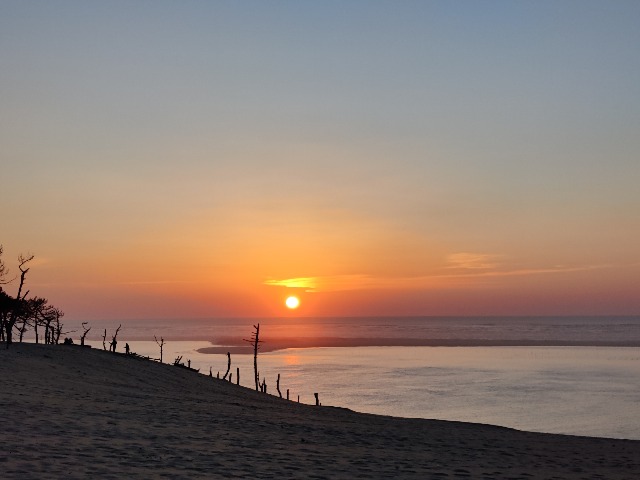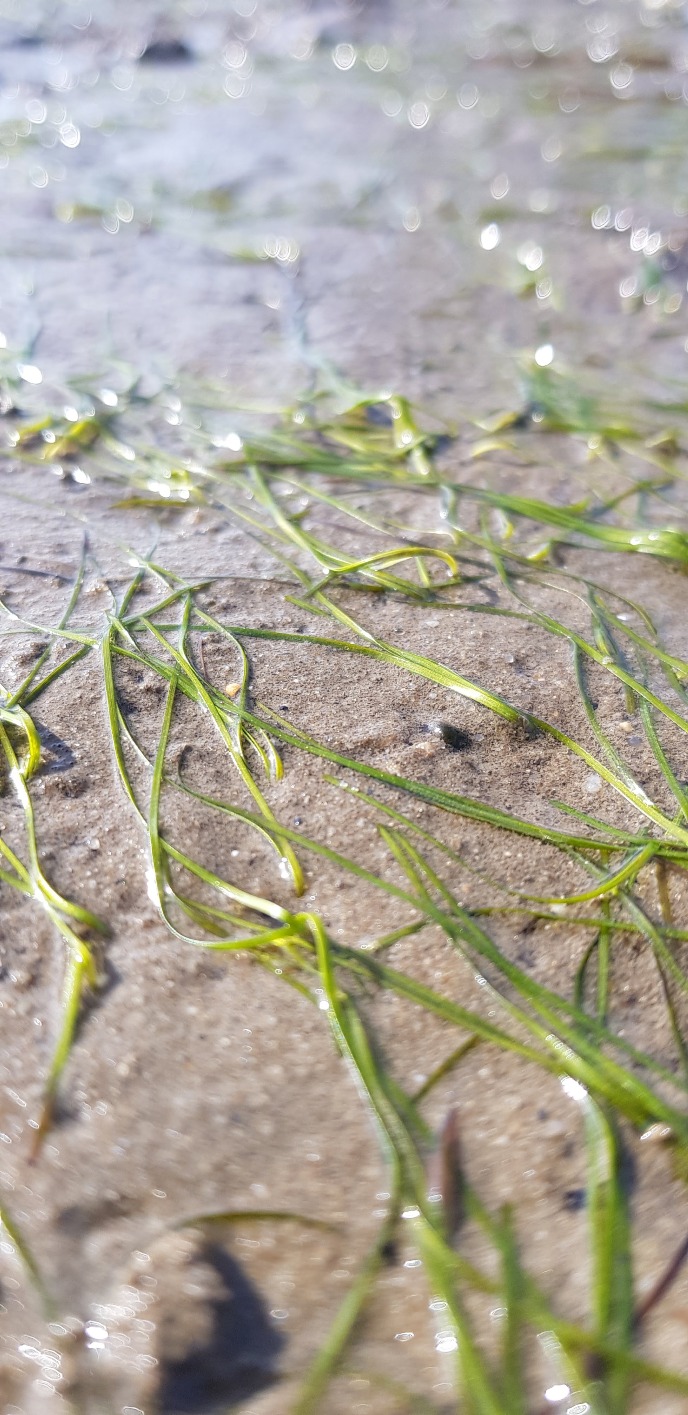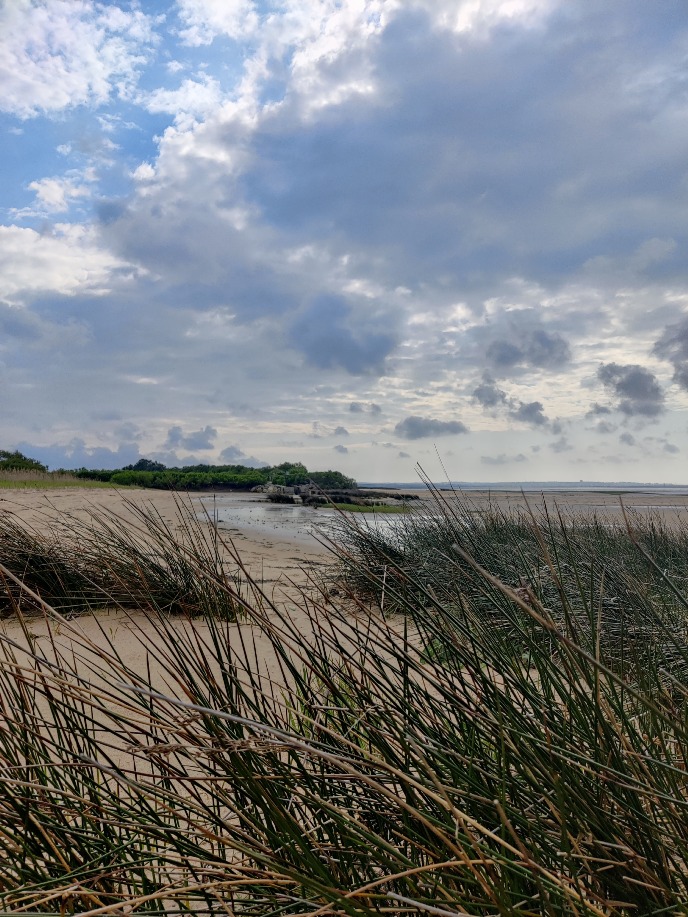Master research project – France, Arcachon

For my second masters research project, I had the chance to go to the Arcachon Bay, in South-western France. There, I studied the seagrass Zostera noltii, which forms extensive meadows on the intertidal flats of the bay. Actually, the Arcachon bay harbors the largest European beds of Z. noltii, and is thus of major ecological importance. Unfortunately, the bay’s meadows suffered great losses in the last few decades. In 2012, 40% of the beds’ total area was lost, compared to historical records from 1989. As a result, the Marine National Park of the Bay of Arcachon has set extensive restoration goals to bring the Zostera meadows back to their former glory.
During my time in Arcachon, I worked alongside the Marine Park. We were mainly looking at the seeds of Z. noltii. Indeed, seagrasses sexually propagate by releasing seeds matured in the flowering shoots, which eventually settle into the sediment. The plants growing from seeds can then quickly propagate, and thus participate in the colonization of zones with favourable conditions for the seagrass. During my project, we aimed to understand the natural distribution of these seeds, as well as their behaviour once released from the mature plants. Ultimately, we want to use our results to help the future active restoration projects that will take place in the bay.

The final report for this project revealed many interesting results. We found out that several environmental parameters influence the seed distribution, such as the seagrass cover, but also some hydrodynamics parameters like the bottom speed of the water and the bottom shear stress. For the research, I learnt a great deal by working with new methods, conducting fieldwork in different conditions that I was used to and performed new analyses.
The Bay of Arcachon was a wonderful place to study the Z. noltii seagrass. To gather my data, I was lucky to be out in the field a lot. At low tide, we went on the intertidal flats to collect sediment samples, wearing special wooden shoes to avoid sinking in the mud. It was quite challenging to walk with those at first! The marine park also organized a seed-based restoration. We planted seagrass seeds with the help of the public, using a method developed partly by the University of Groningen. We repeated this operation with a school, and I particularly enjoyed interacting with the kids and showing them how important the meadows are in the bay.

The bay is a magnificent place for nature lovers and is a very dynamic area. When out in the field, we were surrounded by many fishermen and oysters’ farmers. Arcachon also attracts a lot of bird-watching enthusiasts, as more than 250 bird species transit through the region during the year. Because the marine park manages and protects them, monthly count and recording of the birds are done. I joined them for one of these outings, and we went on the high sea with a fast boat, which was a lot of fun! In the evenings, I fully took advantage of the beauty of the area, and went for long walks on the shores of the bay to enjoy the magnificent sunsets. I am very grateful for the opportunity of going to such a great place, and am very grateful for the Groningen University Fund grant that helped making the trip possible.

